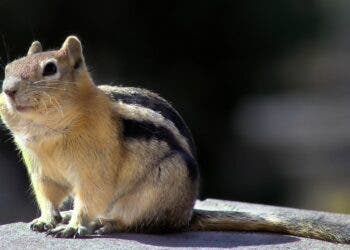A study which has been following Scottish teens since 1947 suggests personality can change immensely as we advance in age. According to the data gathered and analyzed by the University of Edinburgh, the subjects’ personality who first enrolled in the study, now 77 years old on average, looked nothing of the sorts as that of their 14-year-old former selves.

When the study was first started right after the war, 1,208 teenagers in Scotland aged 14 participated. Their teachers were asked to complete six different questionnaires about each pupil that were meant to assess six fundamental personality traits: self-confidence, perseverance, stability of moods, conscientiousness, originality, and desire to excel. All of these criteria were then mashed into a single index known as “denoted dependability.”
Seven decades later, researchers from the University of Edinburgh managed to track 635 of the original students and convinced 174 of them to have their personalities assessed once more. The participants were asked to rate themselves on the six personality traits, alongside friends and families who did the same as a measure of objective control. What’s more, their personality was assessed with more modern personality tests and scales, along with their mental health. Again, all of these results were pooled into the denoted dependability factor.
The researchers expected to see evidence of personality stability over the intervening 63 years since they were last tested but correlation did not support this hypothesis. Basically, there wasn’t any significant match between the two assessed personalities. It could have been the teachers’ subjectivity was in play but when the team ran a more complex model which took the teacher doing the rating into account, there was still no significant correlation between the assessed personalities.
“[T]here were no positive correlations strong enough to achieve significance between adolescent and older-age characteristic ratings or dependability,” the researchers wrote in the journal Psychology and Aging.
This is not the last word on the matter. Previously, research suggested a stability from childhood to middle age and then from the middle age to later in life. However, given the huge interval the Scottish researchers used for this study, it may very well be that personality traits can vary wildly the more you zoom out.
“As a result of this gradual change, personality can appear relatively stable over short intervals – increasingly so throughout adulthood. However, the longer the interval between two assessments of personality, the weaker the relationship between the two tends to be,” the researchers wrote. Our results suggest that, when the interval is increased to as much as 63 years, there is hardly any relationship at all.”
These results might sound like a breath of fresh air if you’re still having regrets over what you did in high school but nothing is quite certain for now. First of all, your personality might very well be very stable across your entire lifetime — that’s for a trained specialist to decide. Secondly, there are a number of caveats concernings the study’s design limitations that you should be aware of. It’s possible that if the participants had been assessed on a comprehensive, modern personality scale at age 14 and again at age 77, that we would see at least some correlation in scores. The small sample size is also a factor, too.
Even so, if you lived your life thinking ‘you were born that way and that’s who you are’ these findings should definitely be an eye opener. Personality is a far more flexible, despite genetic makeup and such.






